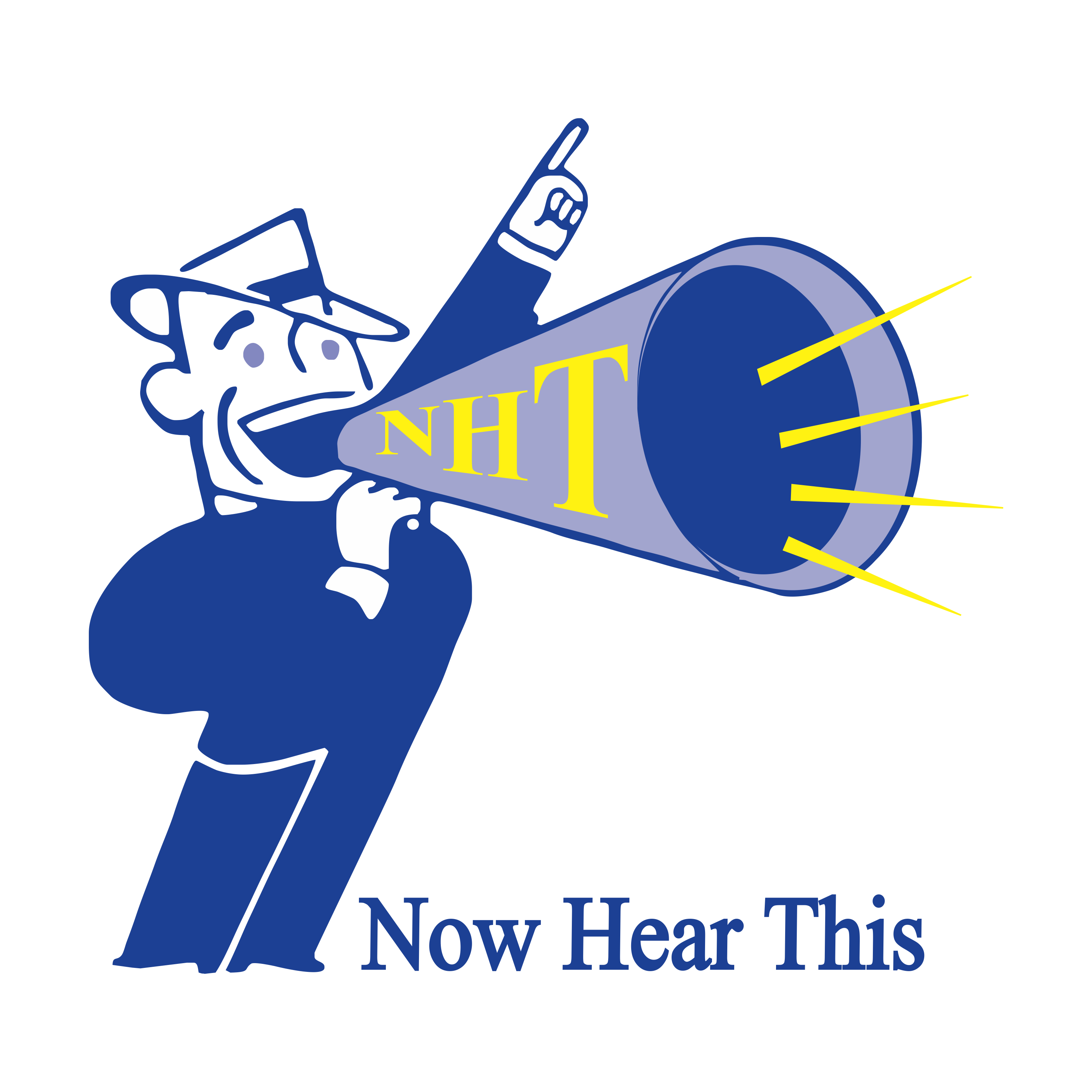
Independently produced music has always struggled to stand up alongside major labels. But the rise of modern digital technology has changed all that. Today, both sides of the industry operate on a level playing field –– or at least something closer to one. This has been especially apparent throughout the pandemic.
According to MusicWeek, major labels experienced a market share drop of 1% from 2019 to 2020. By comparison, independent labels grew by 6.8%. Meanwhile smaller, newer, independent brands and artists exceeded expectations by growing faster than the market.
The scales are tipping in favor of the indie sector, which makes now a great time for musicians to take advantage of the shift by stepping up their marketing strategies. But how exactly can this be accomplished? Below we list a few things you can try.
Cultivate a social media community
Musicians just starting out will have to build their followings from scratch. One way to do so is by leveraging the 82% of Americans with active social media accounts. Don’t go all-out all at once, though. Instead, try promoting a single song on one platform to a particular target demographic –– like Twitter users aged 20-30 years old in your general area. Build your base by personally interacting with listeners and regularly posting content to keep their interest. From there, slowly expand your reach to cover more music across other social media sites.
Use video-based platforms
When it comes to creating engaging content on social media, videos remain the best option across the board. Unlike written content, they cater to shorter attention spans – and they're not static, like images. With this in mind, any plans to enhance your online presence should include dabbling in social media platforms like Instagram, YouTube, and TikTok and the video options they provide. The possibilities for content here are endless: You can perform popular Internet challenges, upload music videos, and even share behind-the-scenes views of your production process, or snippets of lives shows.
Play gigs
This tried-and-true method is still among the best ways to market your music. Today, though, you can opt to do it via livestream. Aside from providing an informal setting that allows you to work from home, this offers the added benefits of reaching a wider audience while creating a sense of intimacy with viewers. It's also multipurpose: you can live stream everything from the premiere of your latest songs to mini-concerts, and even the performance of simple sets à la Tiny Desk.
Collaborate with other indie artists
You can also team up with other indie artists and tap into each others' respective fan bases. These collaborations offer various opportunities as well. You can produce songs, create renditions of popular tunes (or even of each other's tracks), play gigs together, or have simple heart-to-hearts in podcast or video format about anything under the sun. Collaborations are more than a great way to gain exposure, too. They can also help you draw inspiration from others and further the development of your sound.
Share your story
It's also important to focus on more than just your music when curating your content. The talent advisory experts at LHH emphasize that marketing is the heart of business success specifically because it helps you share not just your brand, but the story behind it. This is every bit as true in music as in other industries. Talk about how you got into music, what goes into your process, and what message you want to share; be open about what you hope to achieve and the effect you want to have on listeners. We all love music that calls to our emotions, and highlighting your own story will help your music resonate with more listeners.
We've previously mentioned that cultivating your business as an indie musician requires more than just handing out business cards or flyers. Instead, innovation, determination, and authenticity will drive you forward – so don't be afraid to put yourself out there with some of the methods discussed above!
